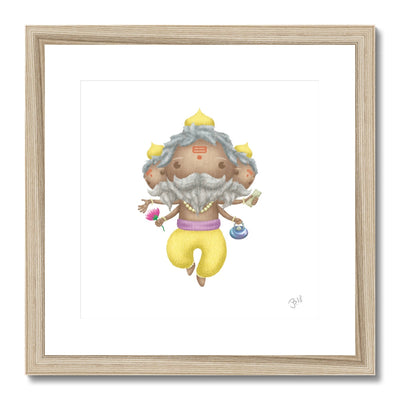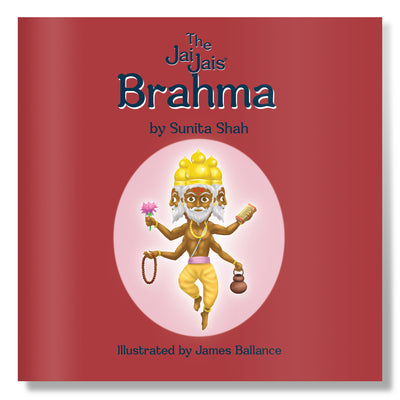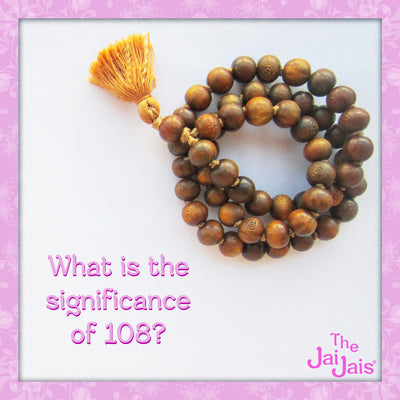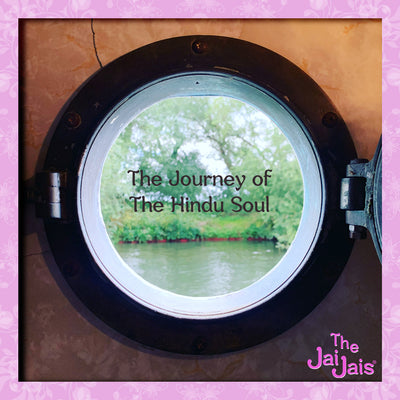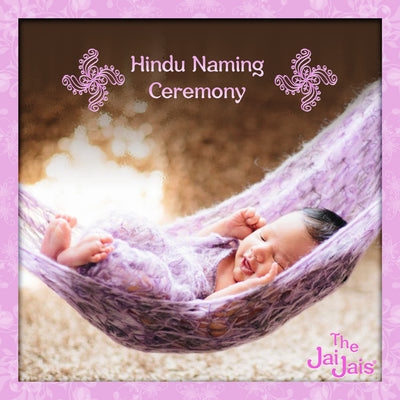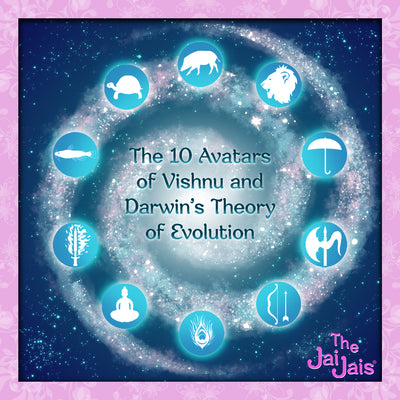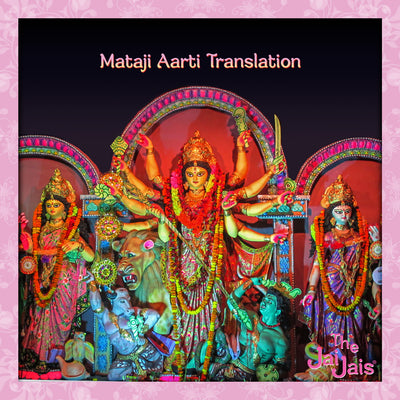One of the first statues I remember as a child is the iconic bronze statue or Shiva standing on an asura with a circle of flames. So what does Natraja mean? Nataraja or Nataraja, the dancing form of Lord Shiva. 'Nataraja' means 'King of Dancers' (Sanskrit nata = dance; raja = king). Shiva is shown as dancing on an halo of flames, lifting His left leg and balancing himself of the demon Apasmara who is a symbol of ignorance. The upper right hand holds a 'dumroo' that stands for the male-female vital principle, the lower shows the gesture of assertion to be without fear. As a symbol, Shiva Nataraja is a glorious art form. It combines in a single image Shiva’s roles as creator, preserver, and destroyer of the universe and conveys the Indian conception of the never-ending cycle of time.
Apasmara was a dwarf who represented ignorance. In order to preserve knowledge in the world, Apasmara could not be killed. To do so would throw out the balance of knowledge and ignorance, as to kill Apasmara would mean attaining knowledge without effort, dedication and hard work. Hence, Apasmara grew extremely arrogant of his powers and went on to challenge Lord Shiva. It was then that Lord Shiva took the form of Nataraja and performed the famous Tandava or the dance of destruction, eventually crushing Apasmara under His feet.
This cosmic dance of Shiva is called 'Ananda Tandava,' meaning the Dance of Bliss, and symbolises the cosmic cycles of creation and destruction, as well as the daily rhythm of birth and death. The dance shows the five principle manifestations of eternal energy—creation, destruction, preservation, salvation, and illusion. The symbolism of Shiva Nataraja is religion, art and science merged into one. In God’s endless dance of creation, preservation, and destruction. Lord Shiva is a great patron of music and dance. His Nataraja avatar is a message that ignorance can only be overcome by knowledge, music and dance.
To fully understand the concept of Nataraja one has to understand the meaning of dance itself. Like yoga, dance induces trance, ecstasy, and the experience of the divine. In India, dance has thrived side by side with the great simplicities of meditation and related practices like fasting. Lord Shiva, therefore, the arch-yogi of the gods, is also the master of the dance.
To sum up, here's an excerpt from a beautiful poem by Ruth Peel:
"The source of all movement,
Shiva's dance,
Gives rhythm to the universe.
He dances in evil places,
In sacred,
He creates and preserves,
Destroys and releases.
We are part of this dance
This eternal rhythm,
And woe to us if, blinded
By illusions,
We detach ourselves
From the dancing cosmos,
This universal harmony…"




